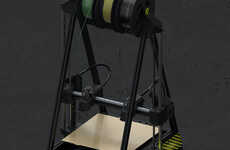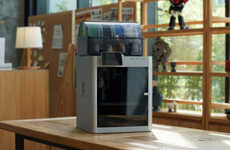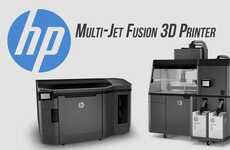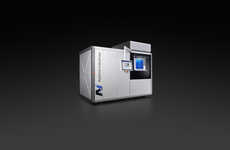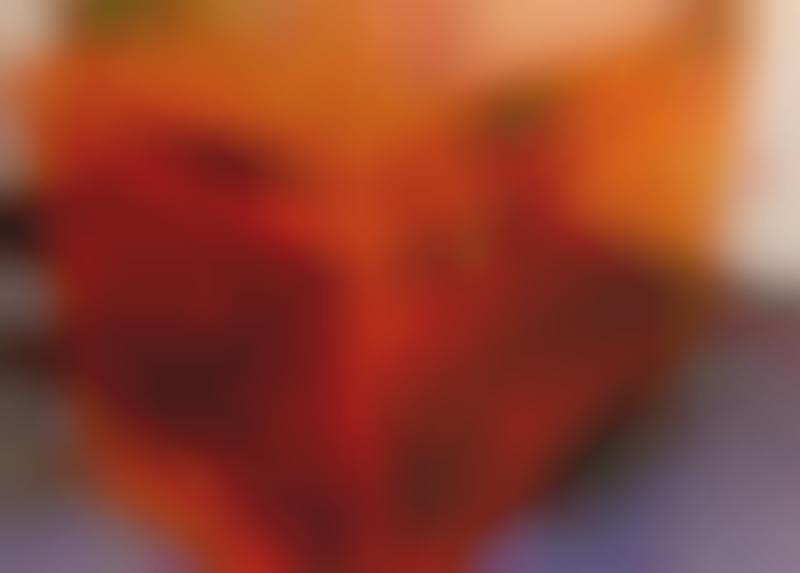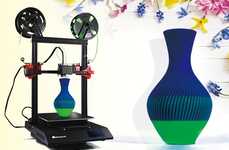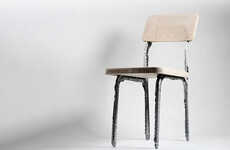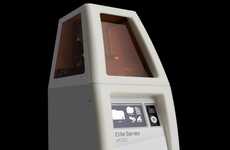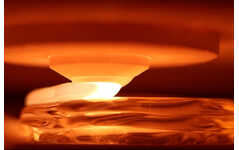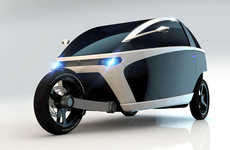
MIT Designed the 'Multifab' That Can Print Ten Materials at Once
Cadhla Gray — August 27, 2015 — Art & Design
References: popsci & sciencealert
With the first 3D car, house and even Chinese villa being produced, it is surprising that multi-material 3D printers have only recently become popular. The 'MultiFab,' created by researchers at the Massachusetts Institute of Technology can print up to ten materials at once.
Not only is it more capable than other printers but it also costs a fraction of the price -- costing only $7,000 to build a design from scratch. The MultiFab scans and prints with much finer precision as it boasts machine vision 3D-scanning techniques that allow it to print around any design template.
For instance, the researchers say that even if an iPhone is put inside, the machine can apply a printed case directly onto the device. Already nicknamed "the Swiss-Army Knife of the 3D-printing world," these multi-material 3D printers bring incredible possibilities for complex creations in the future.
Not only is it more capable than other printers but it also costs a fraction of the price -- costing only $7,000 to build a design from scratch. The MultiFab scans and prints with much finer precision as it boasts machine vision 3D-scanning techniques that allow it to print around any design template.
For instance, the researchers say that even if an iPhone is put inside, the machine can apply a printed case directly onto the device. Already nicknamed "the Swiss-Army Knife of the 3D-printing world," these multi-material 3D printers bring incredible possibilities for complex creations in the future.
Trend Themes
1. Multi-material 3D Printing - As more advanced multi-material 3D printers become popular, companies in the manufacturing and product design industries can leverage them to create more complex and customized products.
2. Affordable 3D Printing - As the price of 3D printers continues to decrease, small businesses and individuals in various industries, such as art and fashion, have more access to this technology and can disrupt traditional manufacturing methods.
3. Machine Vision 3D Printing - As machine vision technology improves, industries such as healthcare and automotive can use it for more precise and efficient 3D printing of medical implants or car parts.
Industry Implications
1. Manufacturing - 3D printing can revolutionize the manufacturing industry as companies can now create complex designs and prototypes with multi-material 3D printers at a lower cost.
2. Product Design - Multi-material 3D printing allows product designers to create intricate and customized products with more possibilities and flexibility than traditional methods.
3. Healthcare - Machine vision 3D printing can disrupt the healthcare industry by allowing for more efficient and precise printing of medical implants and prosthetics.
5.2
Score
Popularity
Activity
Freshness


